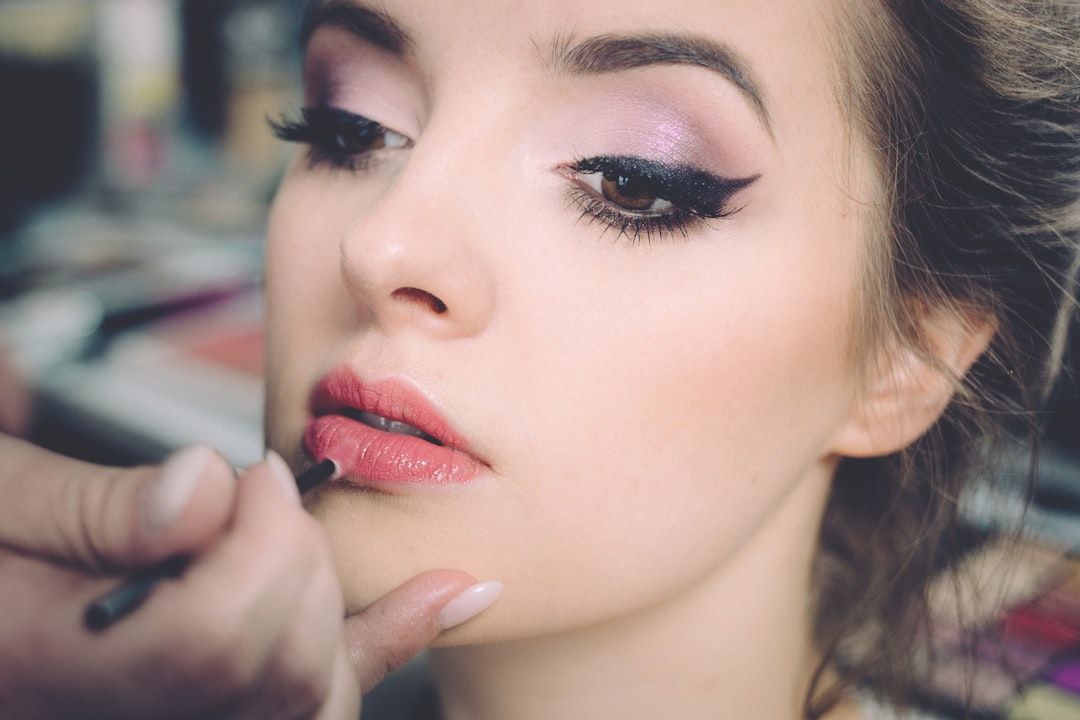

Possible side effects may include redness, irritation, or ingrown hairs. It is important to follow proper aftercare instructions provided by your esthetician to minimize these risks.
Waxing is the process of hair removal from the root by using a covering of a sticky substance, such as wax, to adhere to body hair, and then removing this covering and pulling out the hair from the follicle. New hair will not grow back in the previously waxed area for four to six weeks, although some people will start to see regrowth in only a week due to some of their hair being on a different human hair growth cycle. Almost any area of the body can be waxed, including eyebrows , face, pubic hair (called bikini waxing or intimate waxing), legs, arms, back, abdomen, chest, knuckles, and feet. There are many types of waxing suitable for removing unwanted hair.
Frequently Asked Questions
Get the best hard wax products from Wax Wax.Soft waxes require a strip to be placed on top and then removed with a quick pull, while hard waxes harden on the skin and are peeled off without the use of strips.
Professional Waxing: On the other hand,on another note(On another hand,), professionals usually use high-quality products and know how to adjust temperatures to avoid burning your skin!
Moreover, consider taking an over-the-counter pain reliever like ibuprofen 30 minutes before your appointment to help manage any discomfort. However, always consult with a healthcare professional before taking any medication.
hard wax microwaveWaxing can be done on various parts of the body, including eyebrows, face, legs, arms, and intimate areas. It offers long-lasting results compared to shaving or depilatory creams because it removes hair from the root. However, some people may experience pain during waxing, especially in sensitive areas.
Overall, waxing remains a popular choice for hair removal due to its effectiveness and longer-lasting results. hardening wax The practice continues to be refined with new techniques and products being developed to improve the experience for those seeking smooth and hair-free skin.
2. What products should I avoid using on freshly waxed skin?
Hydrate and nourish: Post-wax products often contain hydrating ingredients like aloe vera or chamomile that help soothe and moisturize your skin. These ingredients can also nourish your skin while promoting faster healing of any micro-tears that may have occurred during the waxing process.
Types
This article needs additional citations for verification . Please help improve this article by adding citations to reliable sources . Unsourced material may be challenged and removed.
Waxing can also help in weakening the hair follicle over time, making the regrowth finer and softer. As a result, regular waxing can lead to thinner and sparser hair growth in the long run. So don't let the misconception about faster hair growth deter you from trying out waxing as a method of hair removal!
Opt for a gentle, fragrance-free moisturizer that is suitable for sensitive skin to hydrate and soothe your skin after waxing.
2.

Immediately after waxing, it is crucial to avoid touching the freshly waxed area to prevent irritation and infection.
Ideal for sensitive areas
Waxing is an effective method of hair removal that offers a range of benefits, including less irritation compared to shaving.
Using the same strip multiple times may result in leftover wax residue on the skin, which can be difficult to remove and cause discomfort. Additionally, reusing wax strips increases the risk of bacteria buildup, leading to potential infections or breakouts. To avoid these issues, always discard used wax strips immediately after each use and grab a fresh one for the next area of hair removal!
In effect this means that using hard waxes can result in a more comfortable and effective hair removal experience with longer-lasting results.
Discussion on how UV rays can cause damage to freshly waxed skin